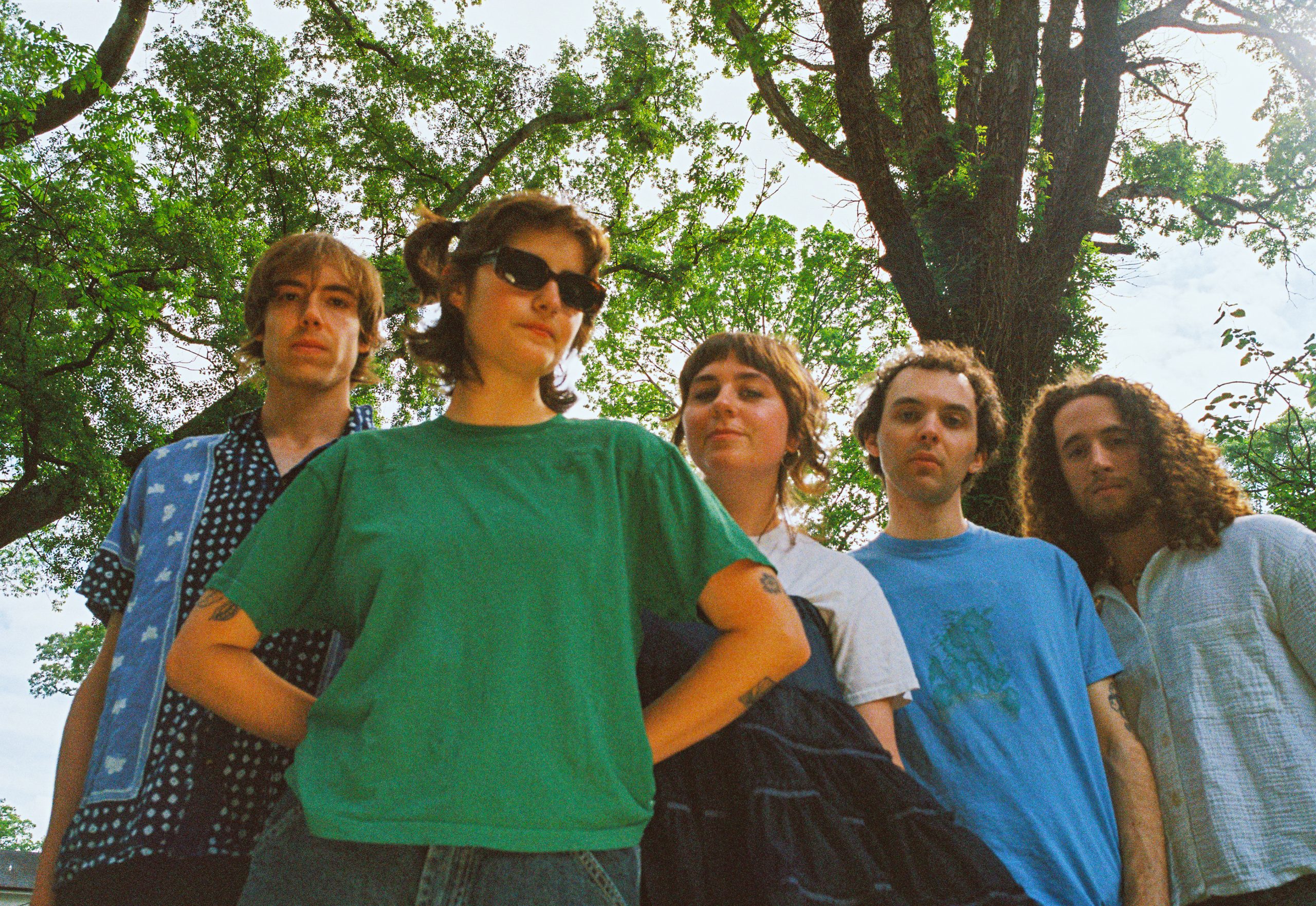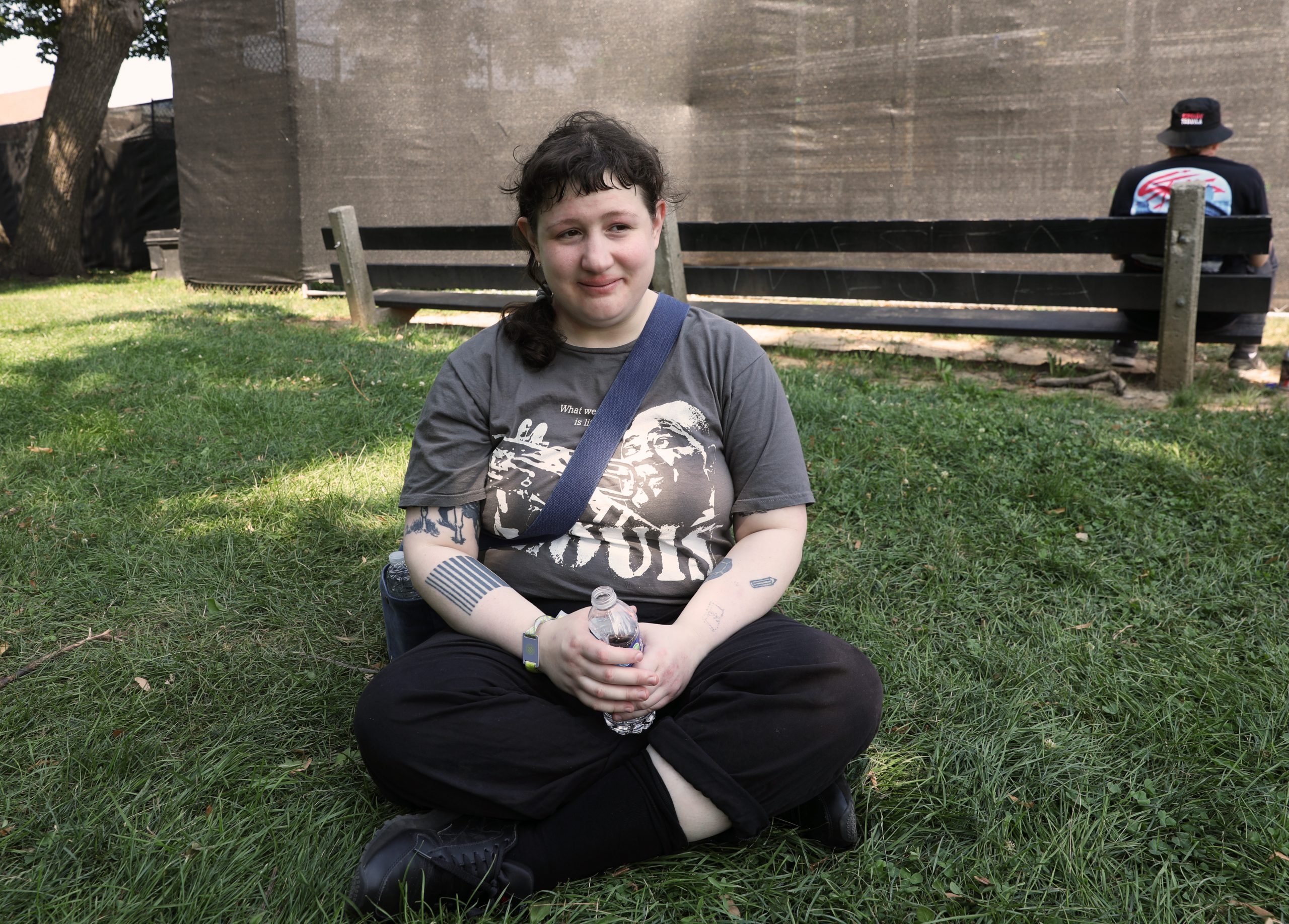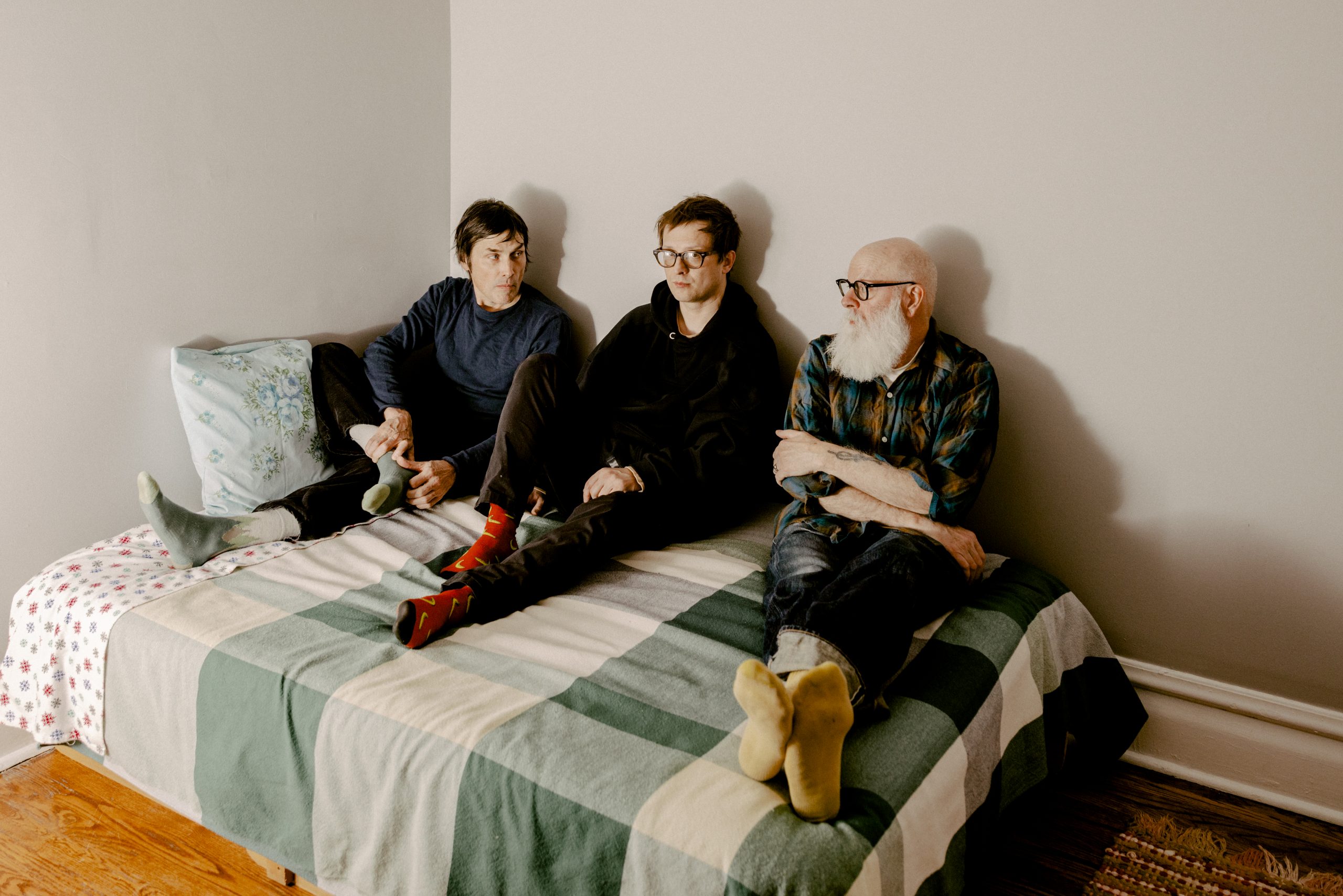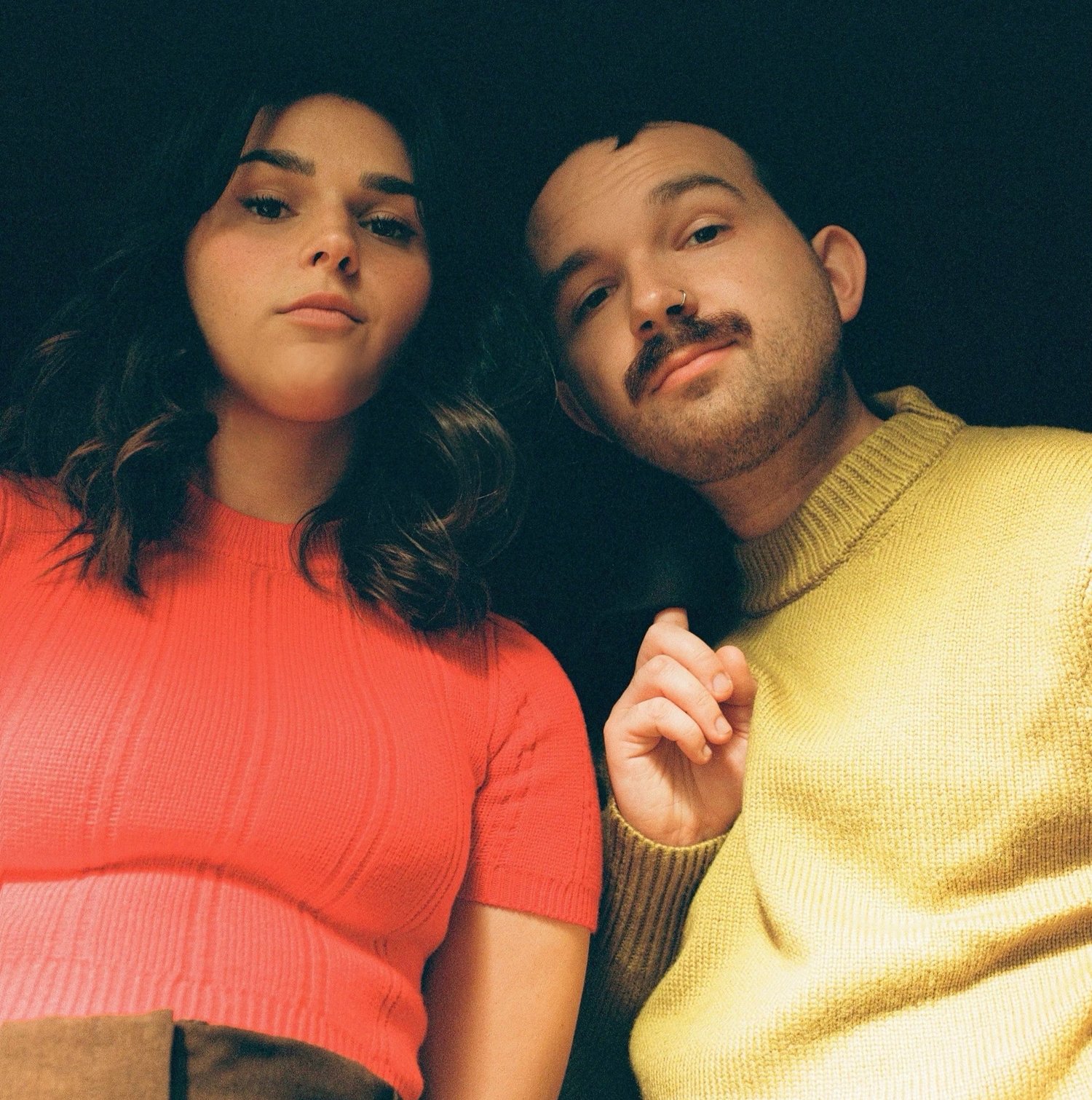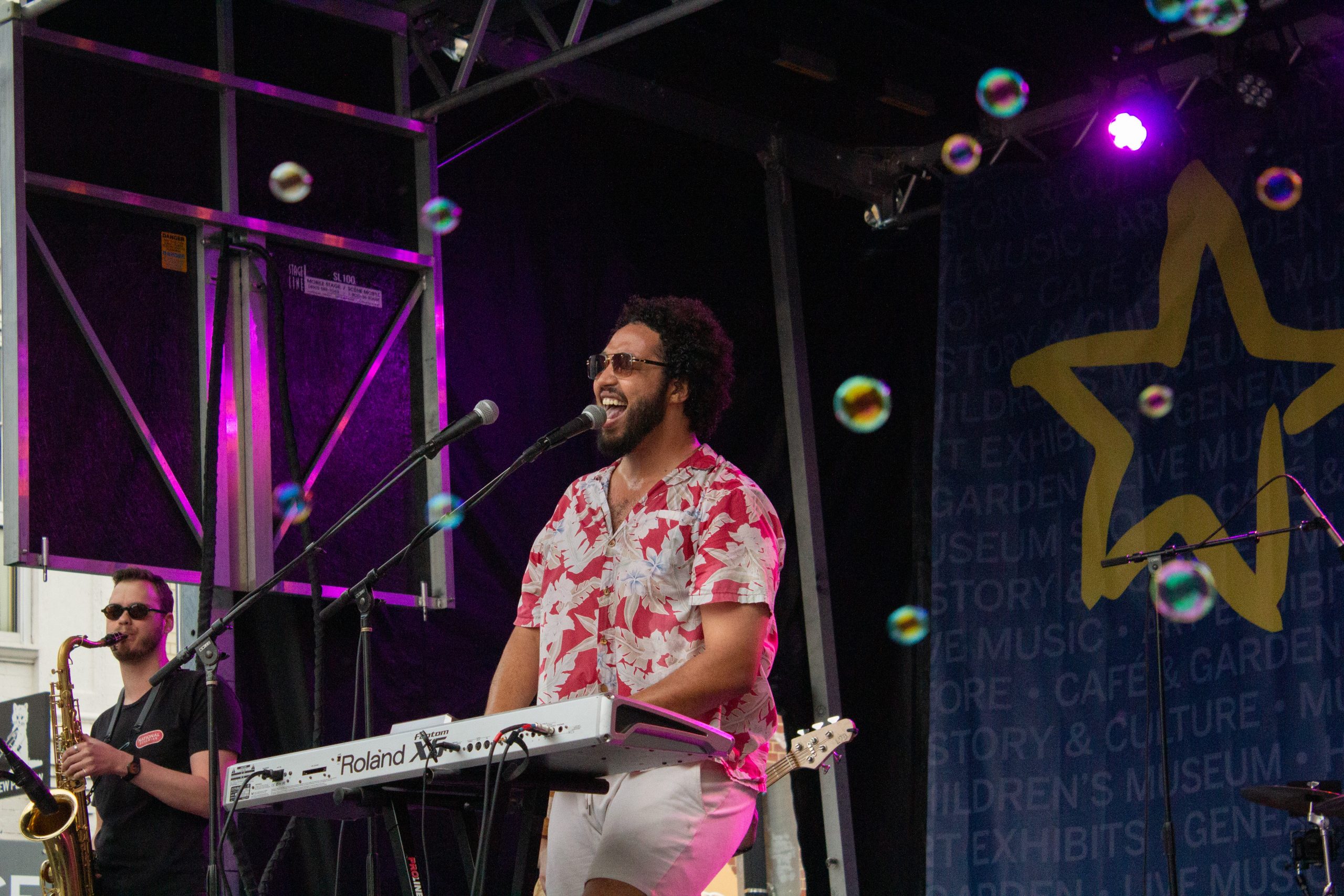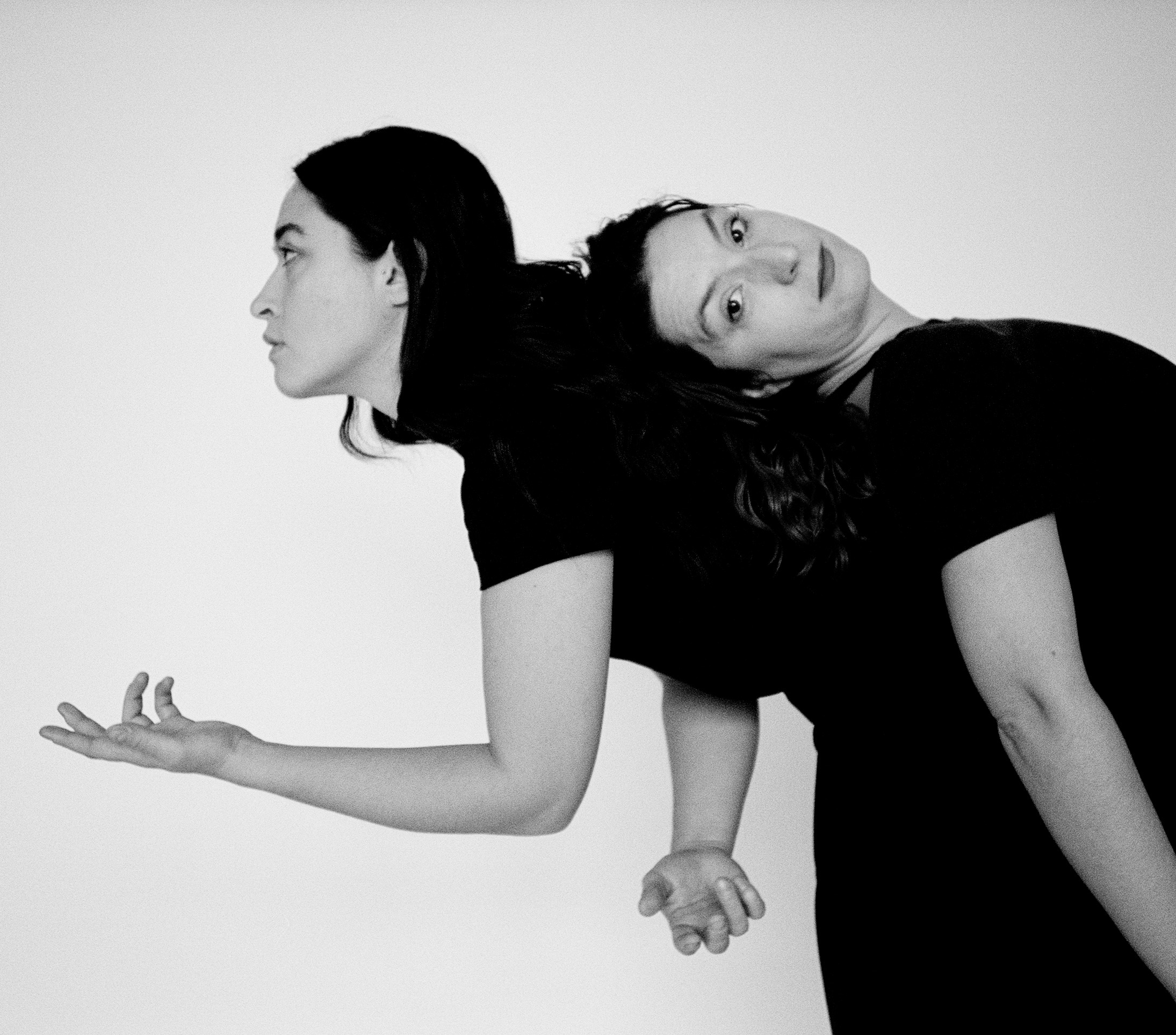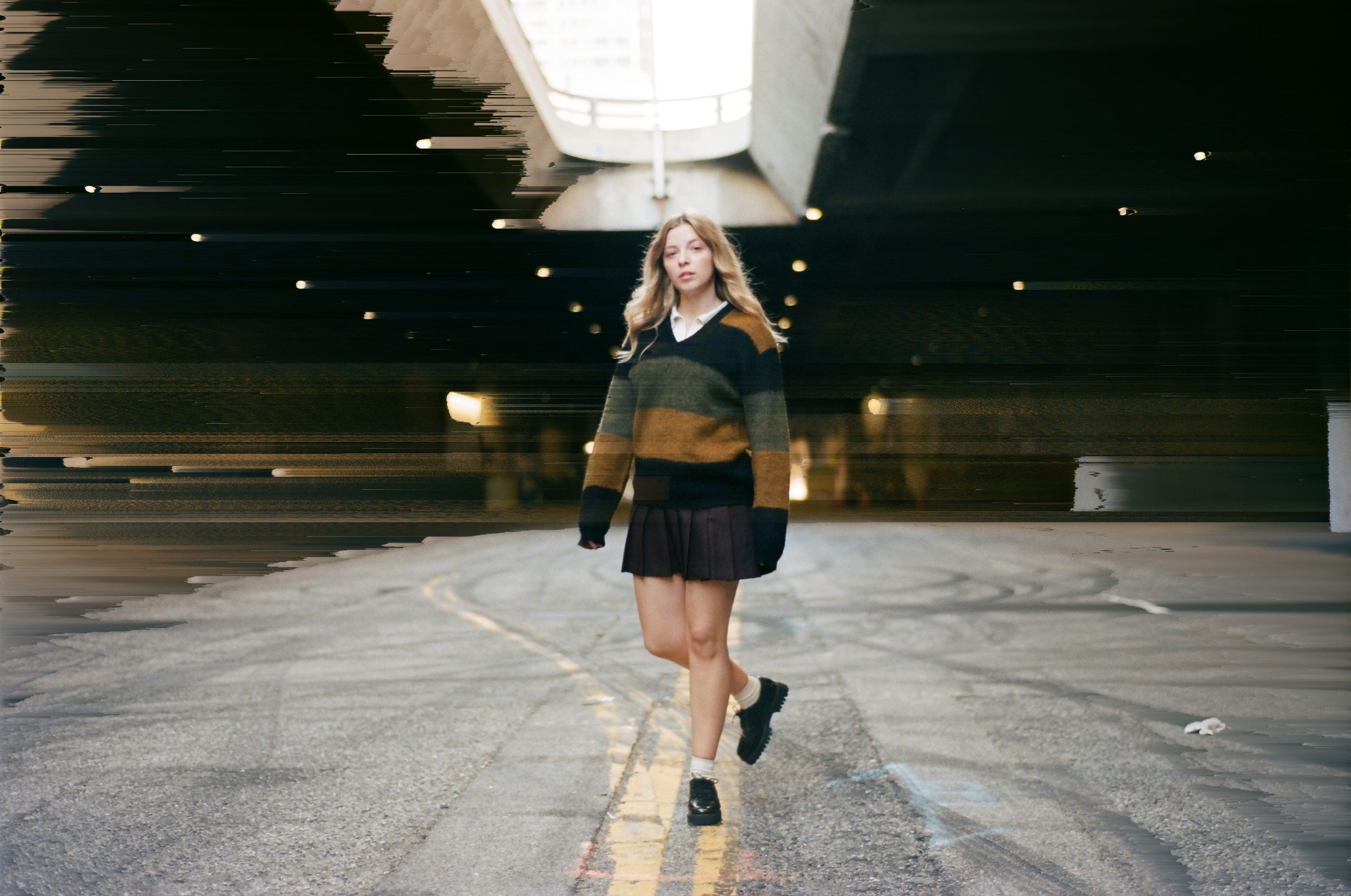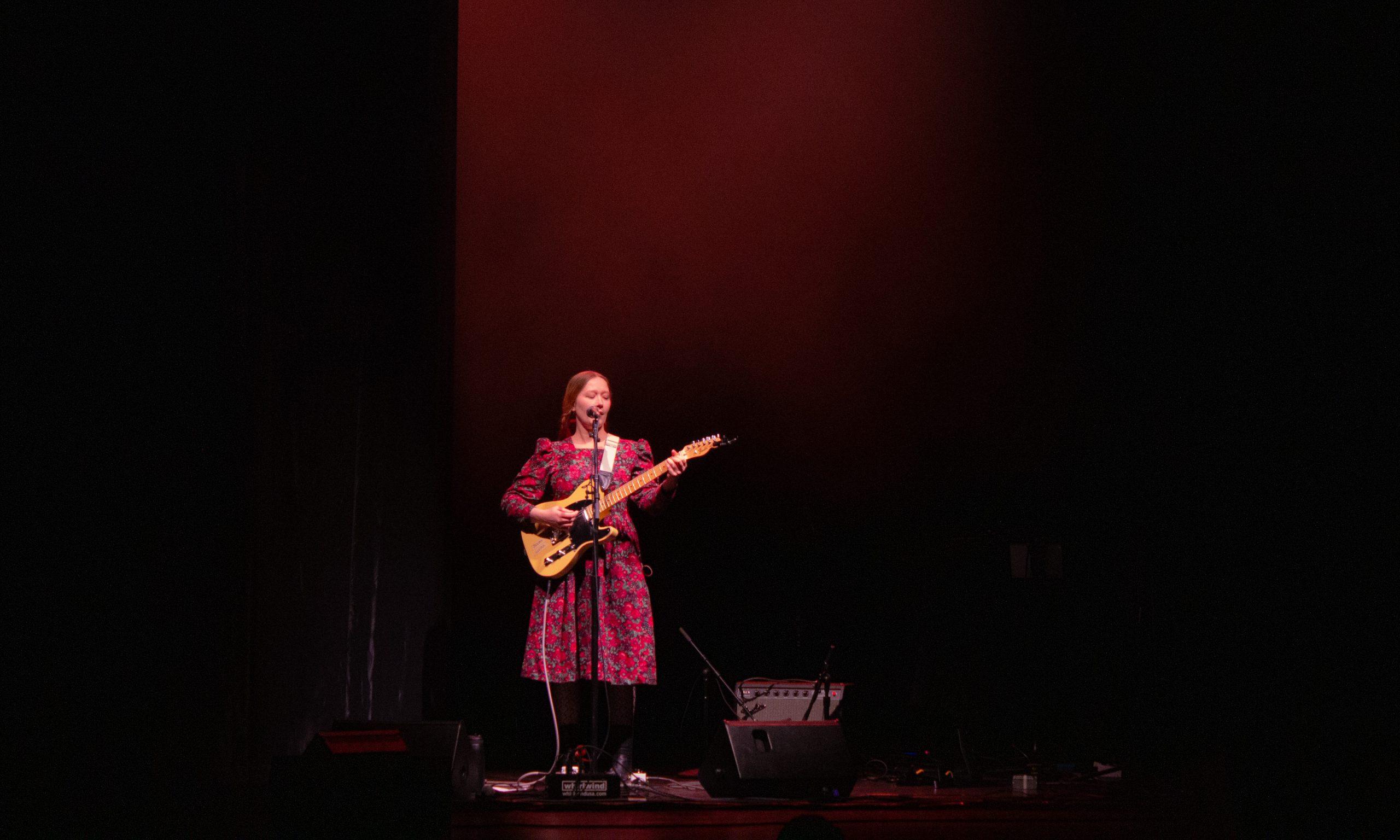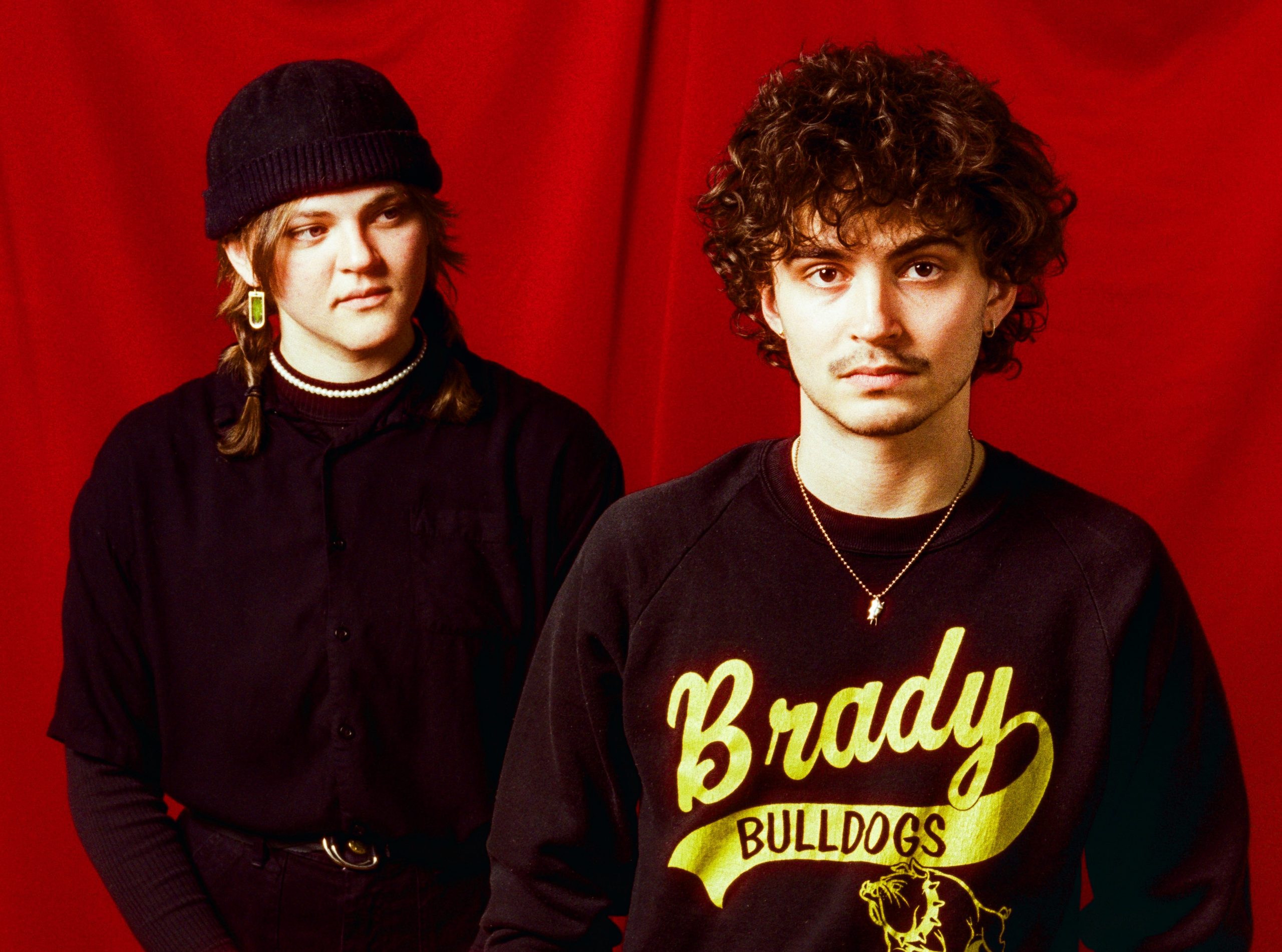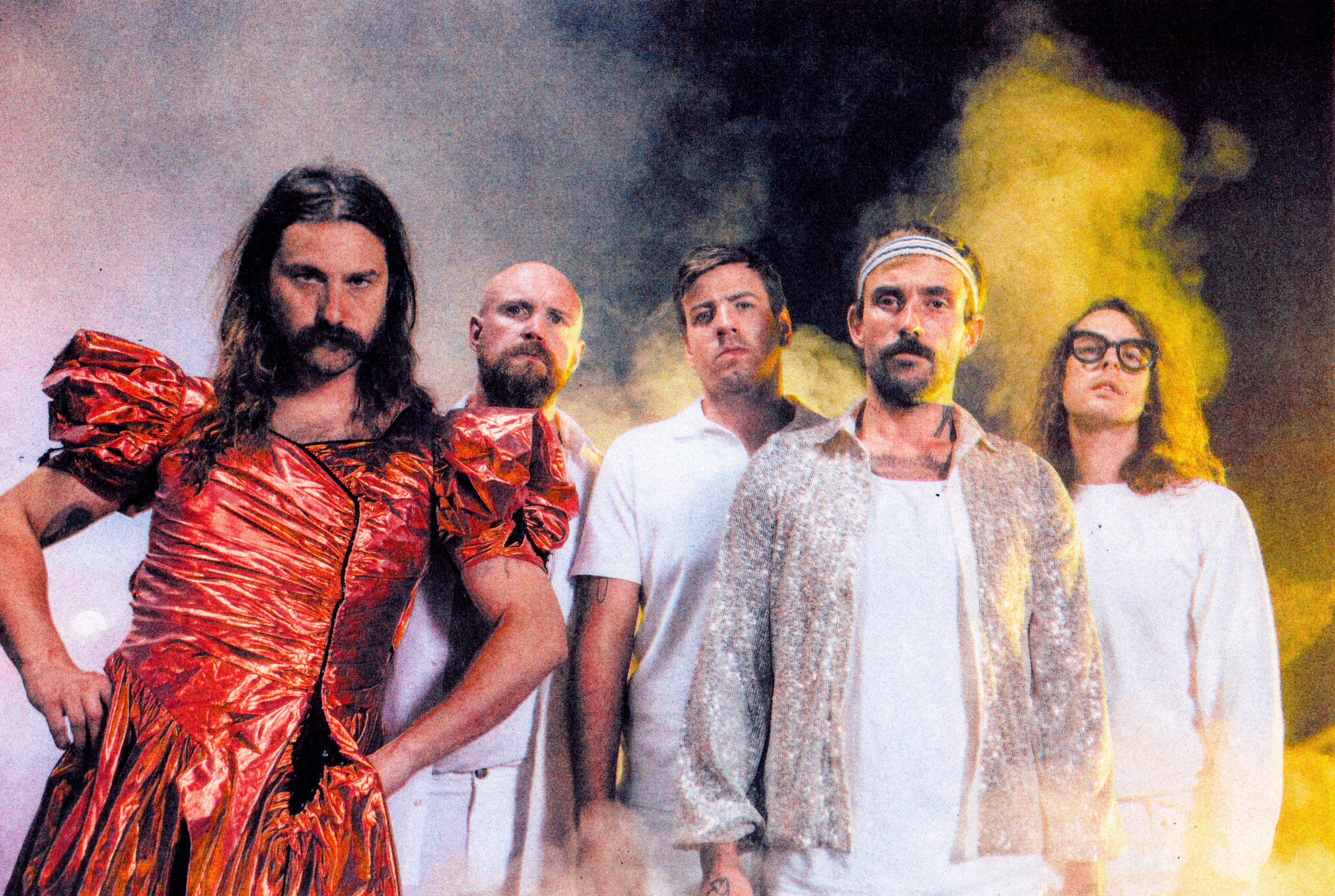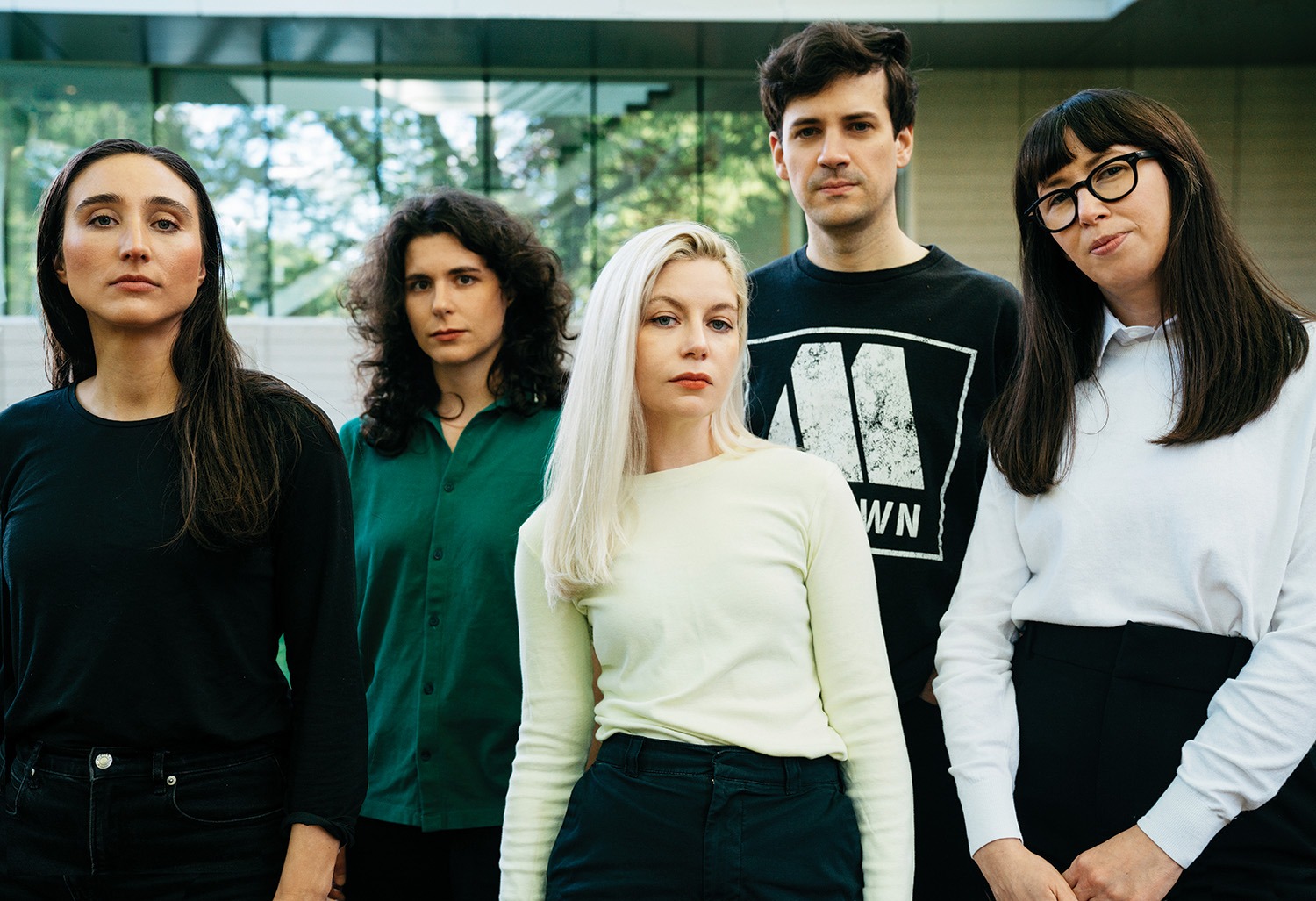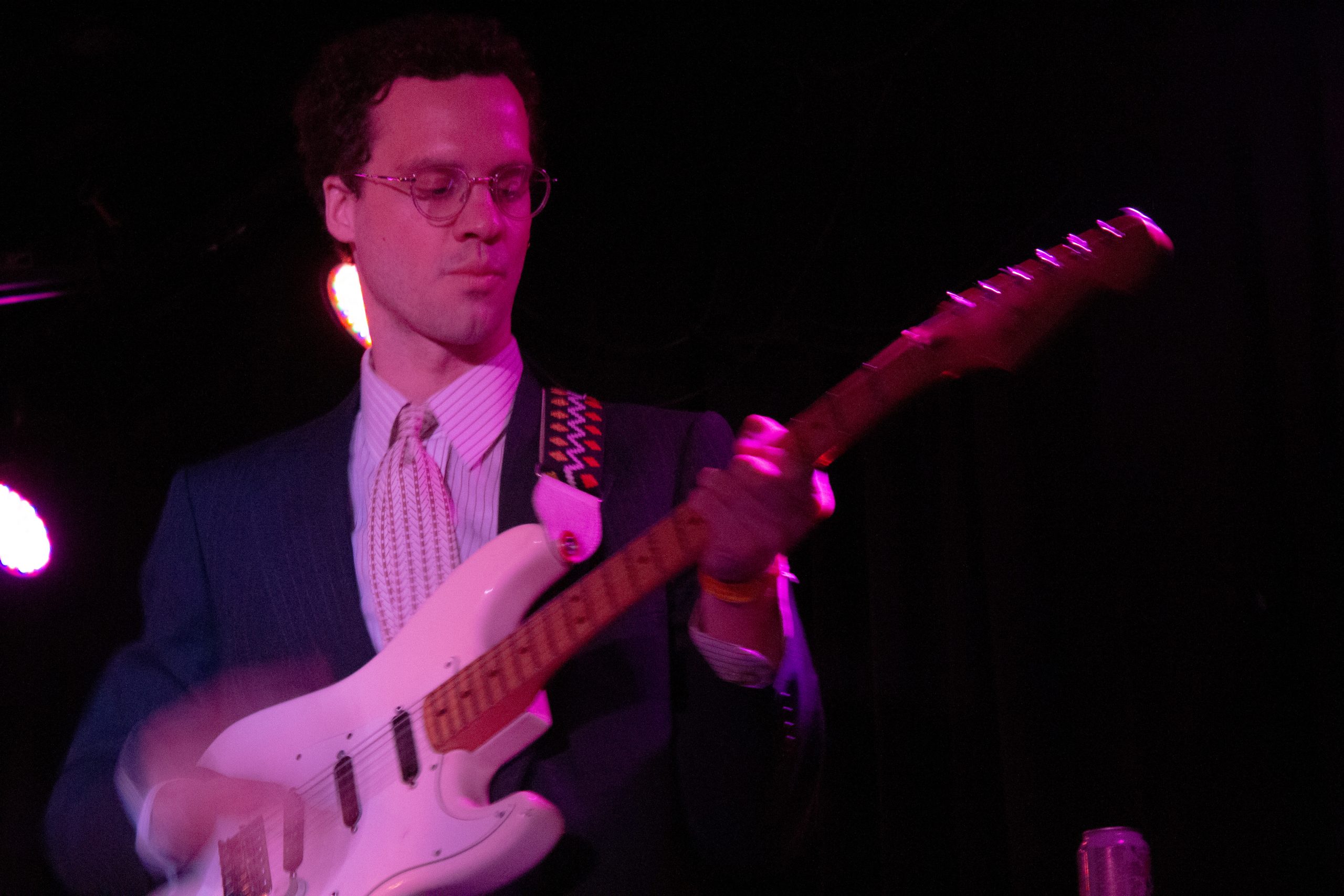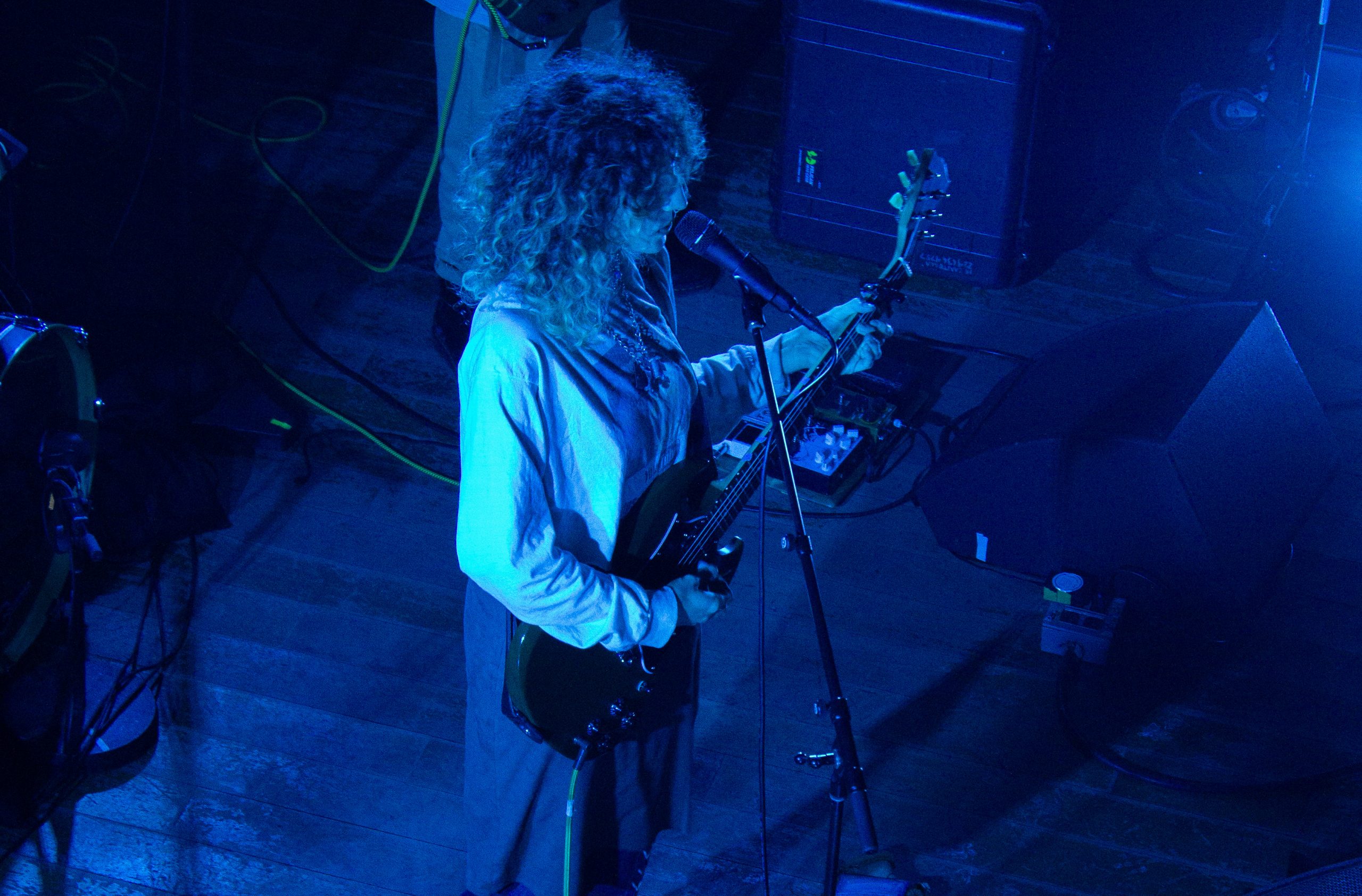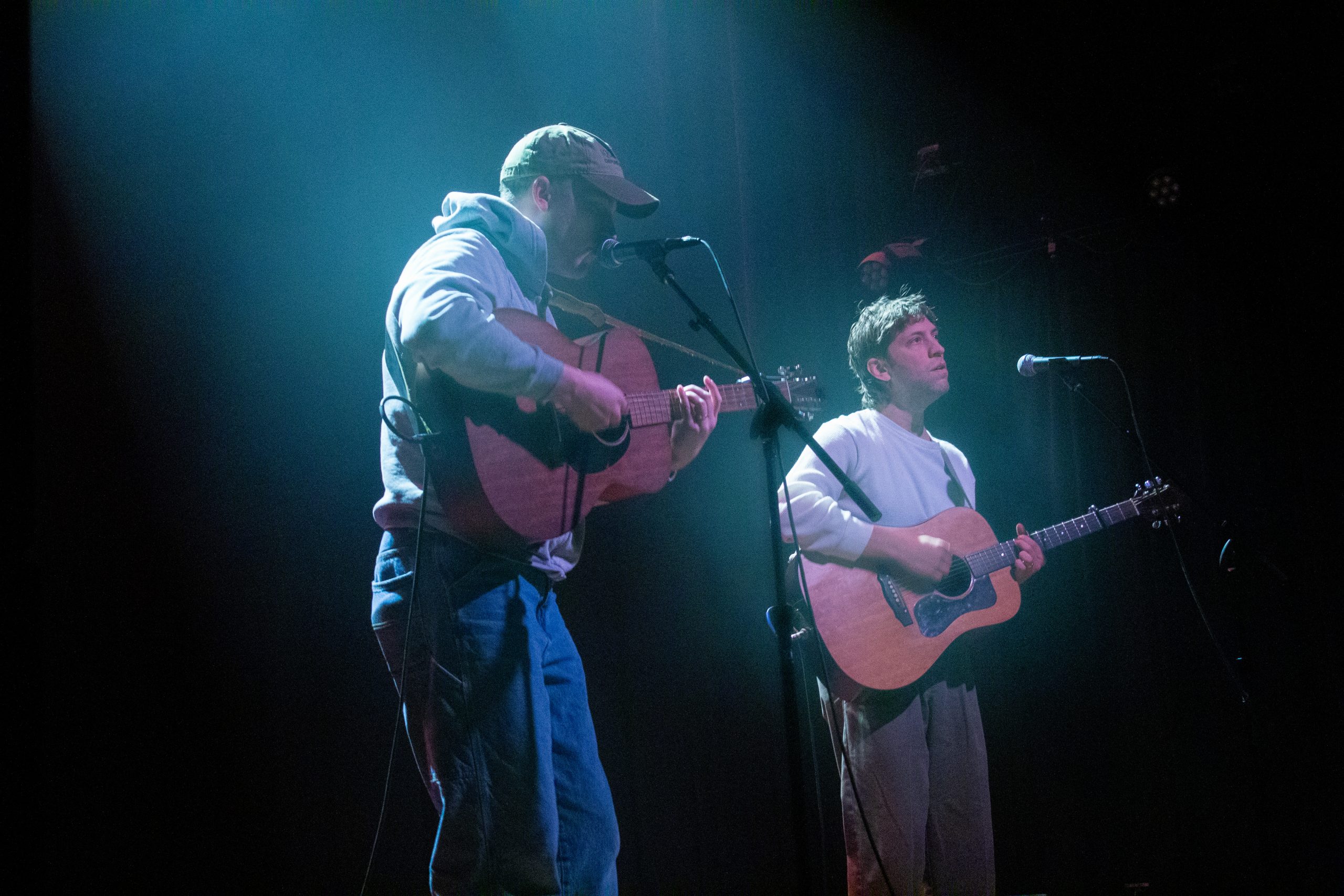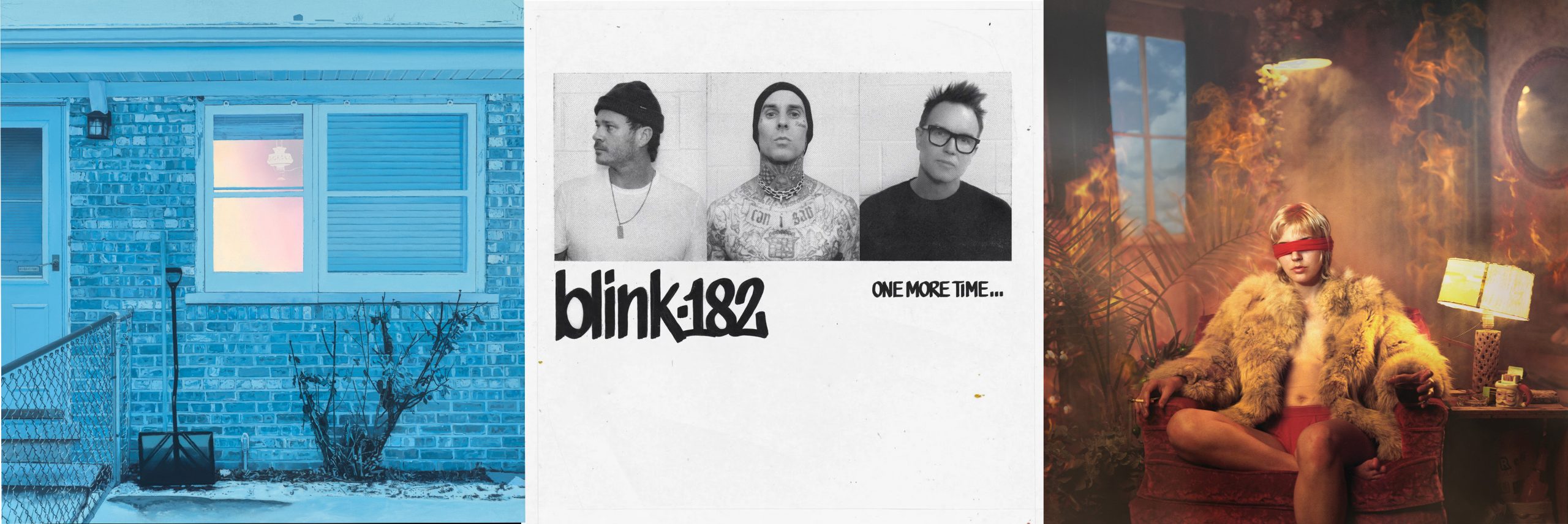Indie Rockers Speedy Ortiz Marks 10 Years with New ‘Rabbit Rabbit’ Release
In the midst of a lengthy U.S. tour, the anniversary of their first album and the release of their fifth studio album, the band’s Sadie Dupuis chats with The Rockhound about the making of 'Rabbit Rabbit' and more
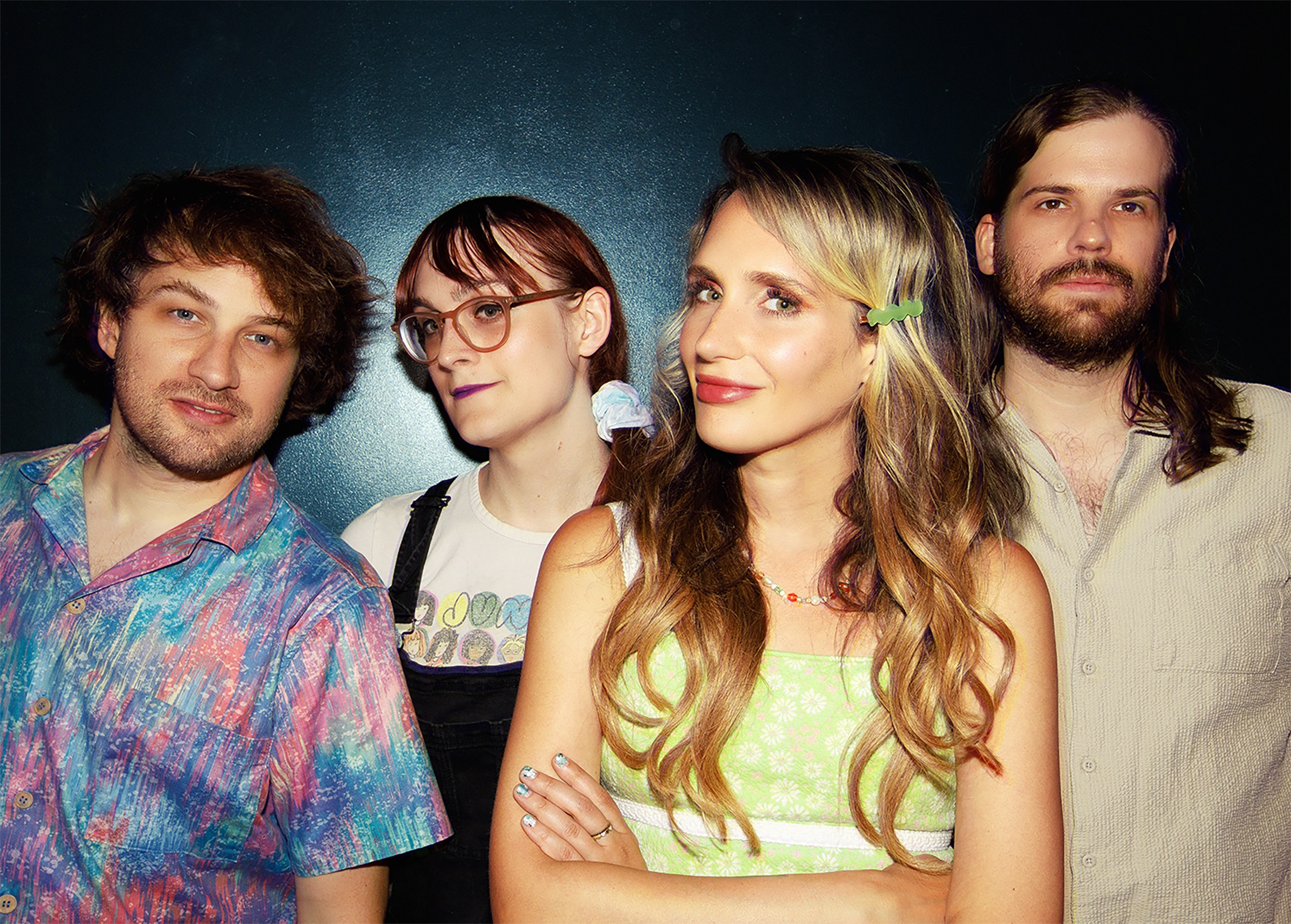
In support of their latest album Rabbit Rabbit, indie-rock band Speedy Ortiz are set to headline Chicago’s Empty Bottle on Nov. 21. The show will mark nearly three months of touring in their band van and crashing with friends across the country.
When I spoke to guitarist, lead vocalist and lyricist Sadie Dupuis over the phone last week, she described their show in Seattle the night before, a city Speedy Ortiz hadn’t played since 2018. That night, the band was set to play their first-ever show in Bellingham, Washington.
“It’s all very exciting. We’ve seen people come to the merch table, who you know, the last time they came to our shows they were teenagers,” Dupuis said.
It has been an exciting year for Speedy Ortiz all around with the release of their fifth studio album, a lengthy U.S. and upcoming European tour, and celebrating the 10th anniversary of their first-ever album Major Arcana.
While Rabbit Rabbit is Speedy Ortiz’s most comprehensive album to date, Dupuis noted the similarities between the album and Major Arcana—though they’ve grown as musicians, their interests and musical goals haven’t changed all that much.
“Both albums are very guitar-forward,” Dupuis said. “But looking at it from different angles, we made Major Arcana really quickly. We had been on tour probably as long as I’ve been on tour now—three months straight playing in basements. And then we came home and made that record, which feels very reflective of the live performances.”
Dupuis said that in the records since Major Arcana, the studio has been more available as a tool for Speedy Ortiz in terms of time and resources.
“We did the Major Arcana record in like four days, and I think it’s incredible how full it sounds for four days,” Dupuis said. “But we’ve taken our time in the studio for every record since.”
For Rabbit Rabbit, the Massachusetts-born and now Philadelphia-based band found themselves across the country in Joshua Tree, California, at legendary studio Rancho de la Luna. It’s a private home studio owned by David Catching that has hosted artists such as PJ Harvey, Dave Grohl, Anthony Bourdain, Queens of the Stone Age, Iggy Pop, Arctic Monkeys, and more.
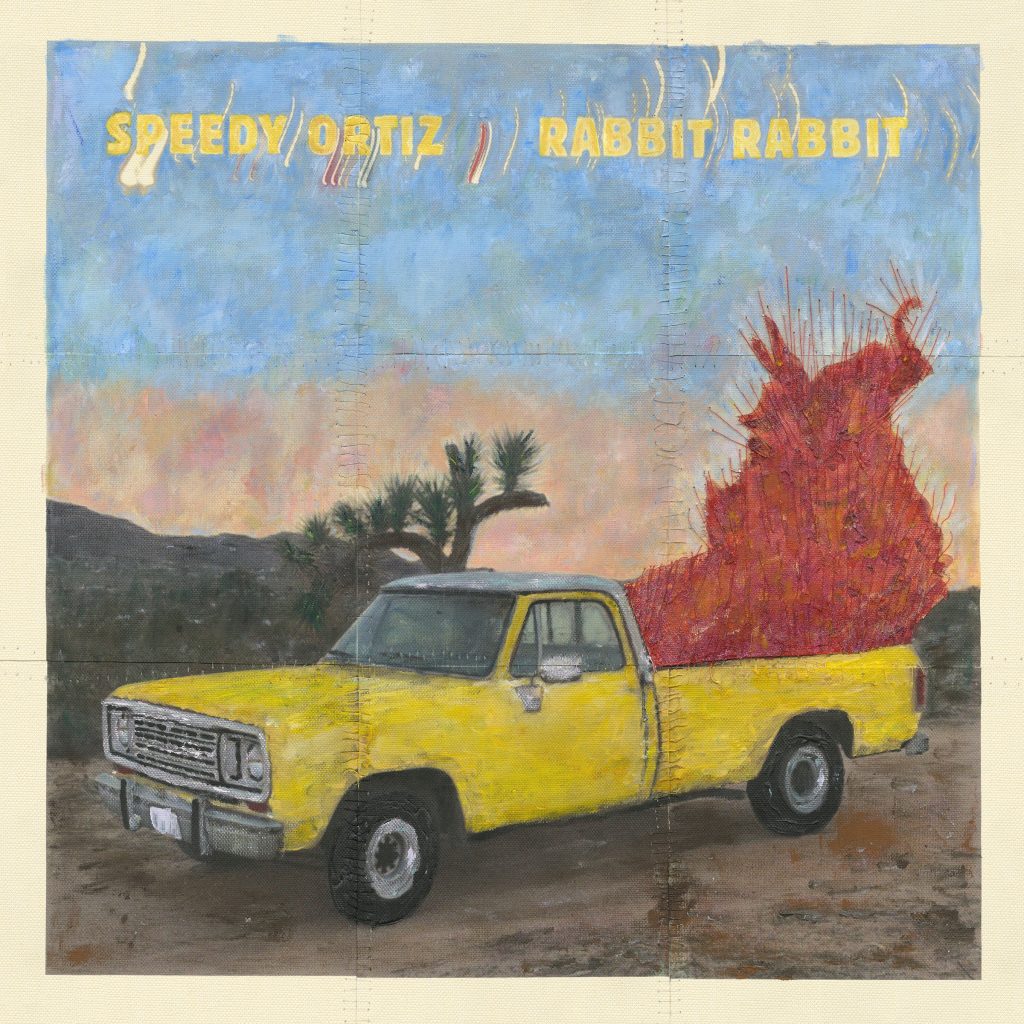
The equipment, let alone the air in the studio are historic in some of the best rock recordings, which Dupuis said is different from any place they’ve ever recorded. It’s a home, rehabbed into a studio.
“There’s a bedroom, wall to wall filled with amplifiers. The drum room is next to the kitchen, and we tracked the guitars and bass, and the control room is like the living room essentially. That’s really novel and unique,” Dupuis said. “There’s something really special about that house that everyone from like PJ Harvey to Mark Lanegan would attest to. It has brought some really interesting and different and creative names and music and they come back again and again because the sound is so incredible. And I think part of that is David [Catching], who’s the owner of the studio.”
Catching is very hands-on in the studio, ensuring the equipment is in great-playing condition and adjusting microphones and amps when needed. Though he didn’t produce Rabbit Rabbit, he is known for producing and engineering a handful of the albums recorded in the studio. He was credited for playing lap steel guitar on the album.
“He’s a really genuine steward of the arts and of his creative friendships, and it makes recording there with him even more special,” Dupuis said.
Illuminati Hotties’ Sarah Tudzin was also brought on Rabbit Rabbit for recording, co-producing, and mixing the album. The collaborations helped Speedy Ortiz carve space for creativity and nuance on the album.
Dupuis comes to a recording session fairly prepared, though, with pre-produced tracks and notes for production direction. While she comes in with solid ideas, so do her bandmates, creating added layers of various sounds. This is when outside perspective from someone like Tudzin comes in handy.
“There’s a scientific approach, and Sarah was on the technical side, which I feel like is where her creativity really got to shine in,” Dupuis said. “Our template is pretty established before we enter the studio. So, what we really need is a great engineer, like Sarah, to make sure there’s room for everything to be heard. And that comes with techniques and equipment selection such as the amplifiers, with knowing what outboard gear to go through with setting up or vocal microphones and finding the right blend of each of them.”
That technical production is not lost on Rabbit Rabbit, making it Speedy Ortiz’s most dynamic albums—in songs like Scabs, the band uses synth and engineering to “warp” their sound, and at some points you can’t quite pinpoint how many guitars were used in the recording (some instances included 12 separate guitar parts). Of all the Speedy Ortiz albums, Dupuis is most proud of this one.
With a recording process so advanced and involved, the band needed a long arrangement process to translate the new songs into a live show. There are a lot of tracks to fit into a band with two guitars, one bass and one drum set.
“The drums are double tracks on the album, and frequently, there’s like physically picking guitars, the bass tones are changing in a way that the pedal board can’t fully accommodate. There’s samples and keyboards, we really had to kind of pick and choose what will be happening on stage at any given time because we’re not playing to the backing track,” Dupuis said.
It made for a fun and challenging way to connect with their music on a new level, and with each live show on the tour they’re able to tweak the performance.
The album itself is quite alternative because it doesn’t have a conventional rock sound. There is minimal space in the songs because they fill each second with booming guitars and backtracks. But like most Speedy Ortiz work, it highlights Dupuis’ songwriting—venturing into the relationships among art, audience and commerce. As a poet and lyricist, she has moved away from line-by-line analysis and gravitates toward more abstract art of all mediums.
“I don’t always want my hand held through the explanation, I enjoy kind of making those own connections and conclusions for myself,” Dupuis says. “And of course, you know when you do hear the artists’ intention, that can add to your own understanding or change your perspective. But the artist explanation isn’t always the Bible for me. And I think that’s true of my own songs.”
She noted that Rabbit Rabbit does address her personal anger, and where it can be useful and where it will be helpful to let go. Some of that stems from discussing her childhood experiences, but most just stems from being a person in the world and working under some bizarre conditions—like being an indie touring musician.
“I think the question I was trying to answer for myself is, where does anger empower me to try to change things? Where did the anger empower me to try to help others? But also, where the anger is sort of holding me back and exhausting me. I think being able to check in with yourself about how you can use that rage productively is crucial,” Dupuis said.

Start with Speedy Ortiz’s song Scabs and you might notice the various layers of guitar that take the song in all directions, allowing the sound to take charge of the full space.
Pay attention to how each instrument holds its own power. One does not outshine the other, or muddles over the direction of the song. This is where the production side of recorded music shines. There is a lot going on sonically, but it is controlled.
Check out Speedy Ortiz’s Rabbit Rabbit on all music streaming platforms and keep up with their touring schedule here.
Kendall Polidori is The Rockhound, Luckbox’s resident rock music critic. Follow her reviews on Instagram and Twitter. @rockhoundlb
